Equine
Osteochondritis Dissecan
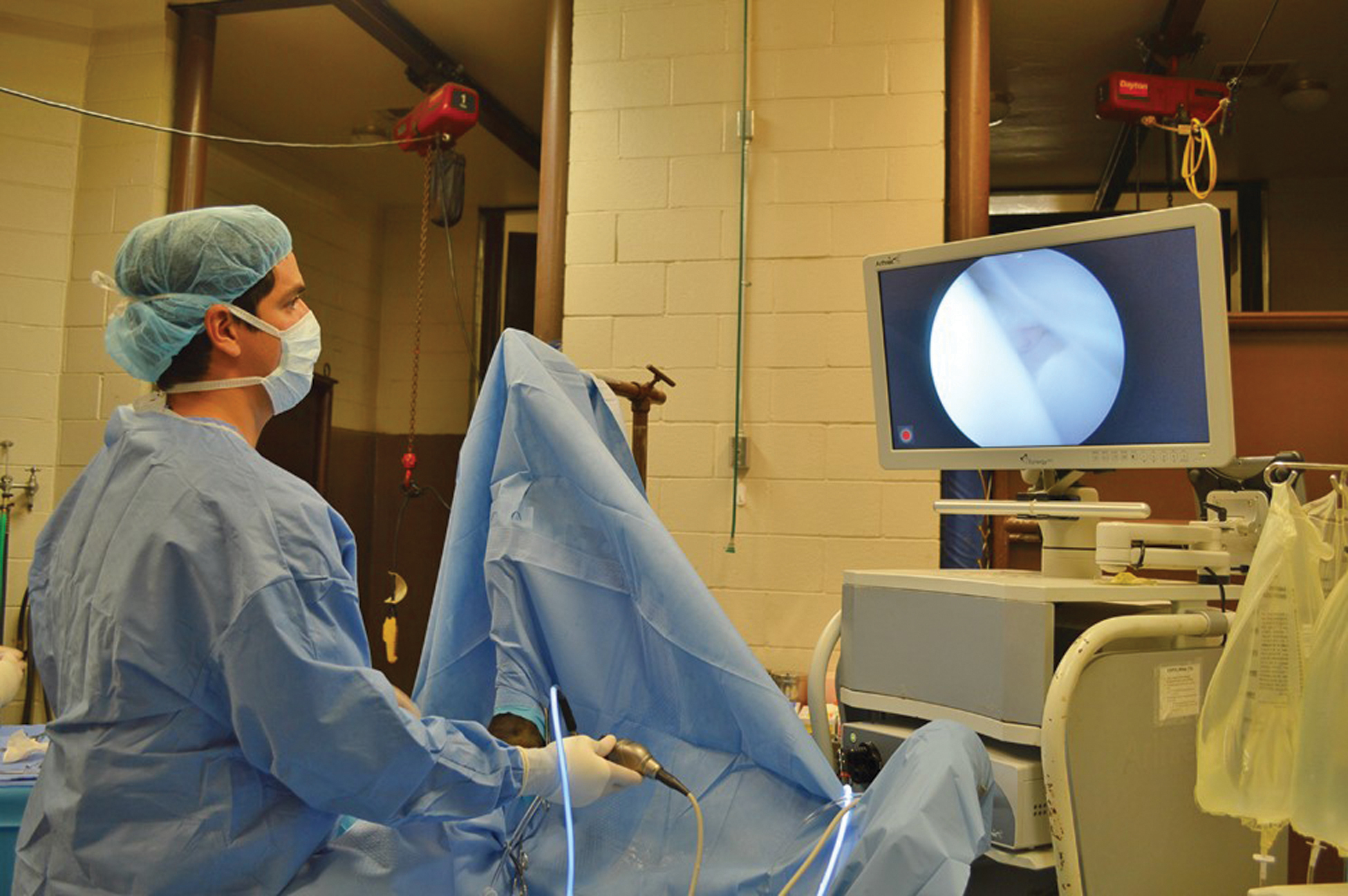
By Dr. Lauren Lamb
Osteochondrosis is a disease in which the cartilage and subchondral bone in the joints fail to develop normally. The cartilage and subchondral bone play a major role in keeping a joint healthy and preventing the development of osteoarthritis.
When a fragment of abnormal cartilage and subchondral bone become dislodged, the disease is renamed to osteochondritis dissecan. These free floating fragments can become lodged between two opposing articular surfaces within the joint. If the osteochondritis dissecan fragment gets lodged between articular surfaces, significant damage to the cartilage can occur along with severe lameness. For the purpose of this paper, Osteochondrosis and osteochondritis dissecan will be referred to as OCD.
OCDs are seen predominately in young horses less than two years of age. A lot of times the horse will have an OCD at the age of six months, but it is not diagnosed until the horse is put into training as a yearling or two-year-old. OCDs can be seen in all breeds of horses, but some breeds like Warmbloods and Standardbreds are more predisposed. The fetlocks, hocks and stifles are the most commonly affected joints; however, any joint can be affected. A horse with an OCD will frequently have bilateral joints affected, meaning both the left and right leg will be affected.
Despite extensive time and funds dedicated to research, the cause of OCDs has not been defined. This is largely due to the multiple variables and risk factors that can play a role in a horse developing an OCD. The risk factors for OCDs can be broken down into environmental and genetic. Genetic factors are thought to account for 25 to 50 percent of the disease risk. Some research has shown that large body size, which can also be linked to genetics, can be a risk factor for OCDs. Environmental factors that can increase the risk of OCDs include copper deficiency, high phosphorus intake relative to calcium intake and irregular/intense exercise.
The best way to reduce the risk of your horse developing an OCD is to make sure it is being fed a well-balanced diet with sufficient copper, low phosphorous and high calcium levels. Foals need to have daily exercise so the cartilage and subchondral bone in the joint can properly develop. They should be allowed free turnout exercise in a paddock with even footing. Forced exercise should be avoided for the first six to nine months of life. During the first few months of life, the cartilage and subchondral bone in a foal’s joints are developing. This, coincidentally, is also the time when most OCD lesions develop.
To read more pick up a copy of the September 2017 NTFR issue. To subscribe call 940-872-5922.
Equine
AQHA Horse of the Year
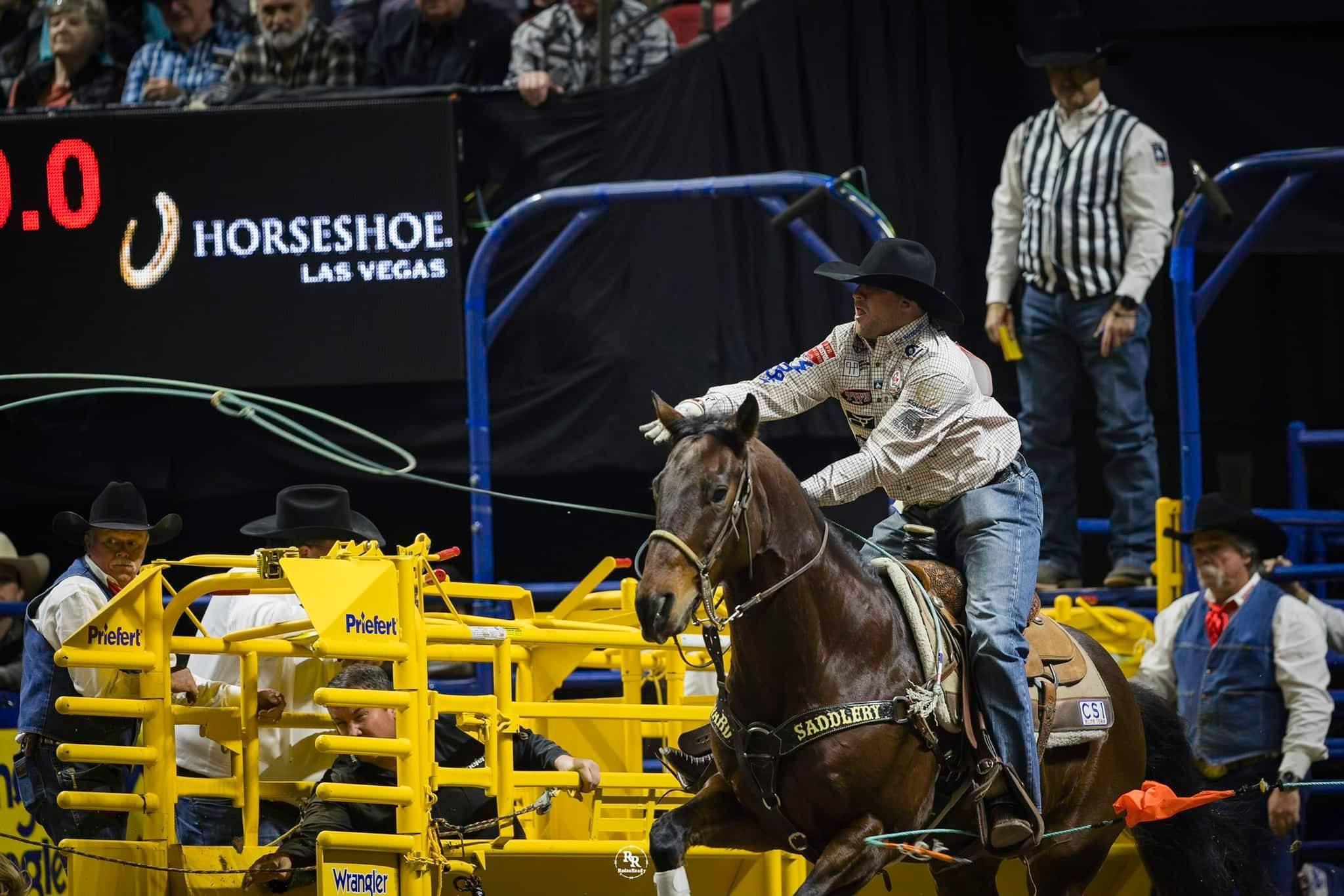
By Krista Lucas Wynn
Each year, when the professional rodeo season wraps on Sept. 30, the Professional Rodeo Cowboys Association and Women’s Professional Rodeo Association announce the Nutrena Horse of the Year, presented by the American Quarter Horse Association, in each event. This is a prestigious award, voted on by the members of the associations. To be named Horse of the Year by fellow competitors is a high honor only a few achieve.
To read more, pick up a copy of the November edition of North Texas Farm & Ranch magazine, available digitally and in print. To subscribe by mail, call 940-872-5922.
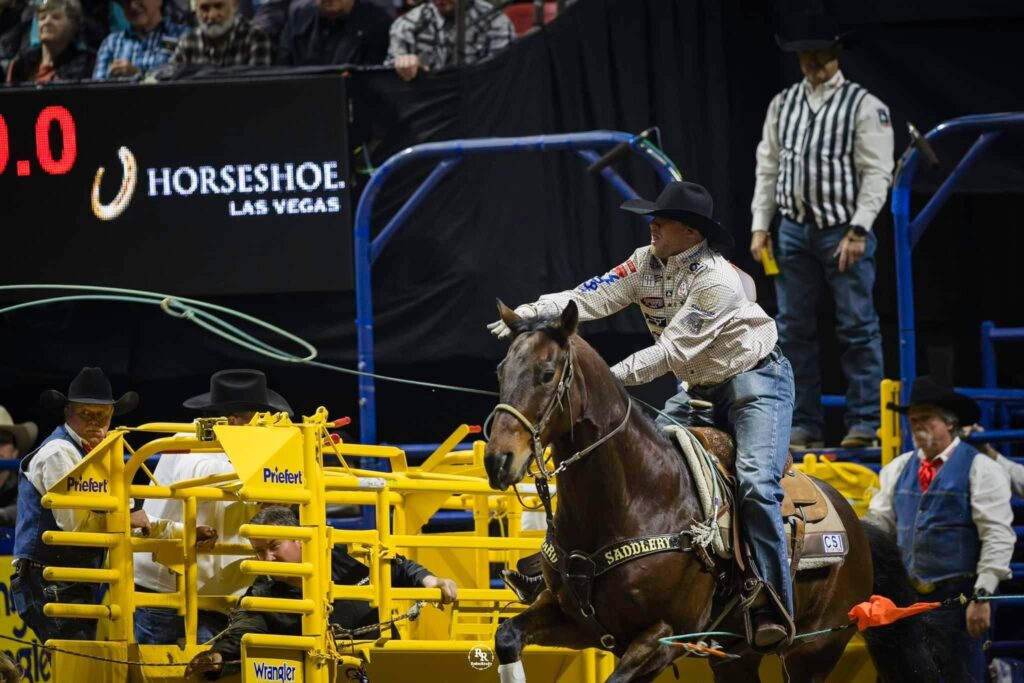
Equine
Tuff Enough: Tuff Hardman Wins Big At Cheyenne Frontier Days
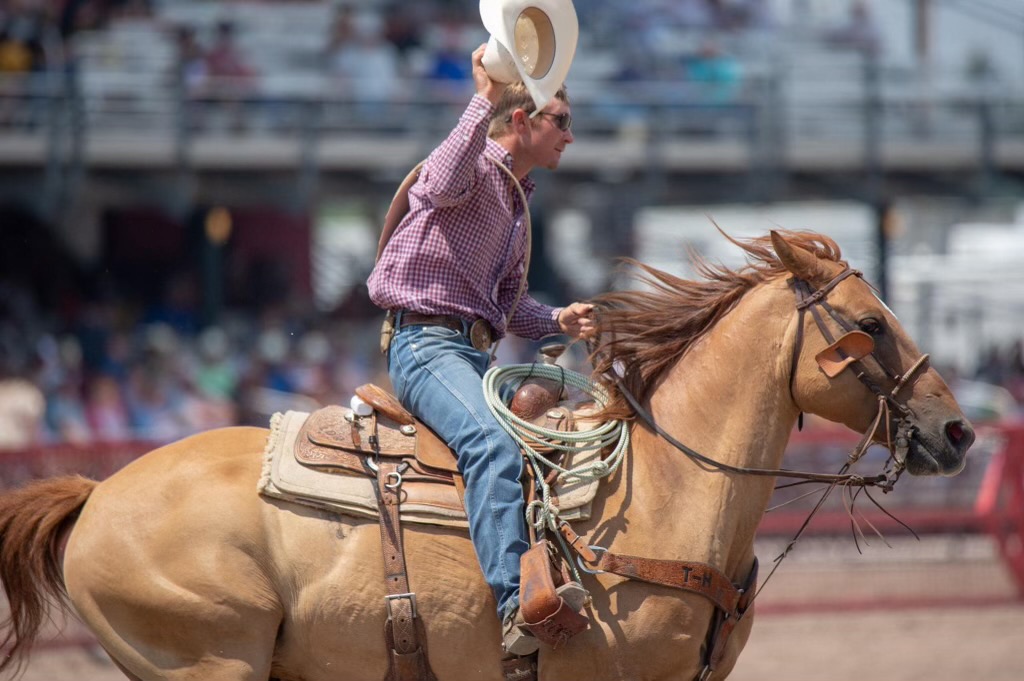
By: Krista Lucas Wynn | Copy Editor
The name, “Daddy of ’em All,” instantly brings to mind the world’s largest outdoor rodeo and western celebration. Cowboys and cowgirls from all across the country dream of competing on the iconic Cheyenne arena dirt.
Every July, pro rodeo contestants travel to Cheyenne, Wyom. to vie for the title of champion of the Cheyenne Frontier Days. The rodeo is steeped in western tradition and celebrated the 125th year this summer. With nearly two weeks of rodeo action, fans watched bareback riding, calf roping, breakaway roping, saddle bronc riding, team roping, steer wrestling, barrel racing, bull riding, and steer roping.
Steer roper, Tuff Hardman, knew winning “the Dad” was a tall order, but with a good horse and a few prayers he left no doubt who the best steer roper at Cheyenne was when it was all said and done. After two rounds, Hardman qualified back for the finals tied for ninth place with a time of 30.8 seconds.
To read more, pick up a copy of the September issue of NTFR magazine. To subscribe by mail, call 940-872-5922.

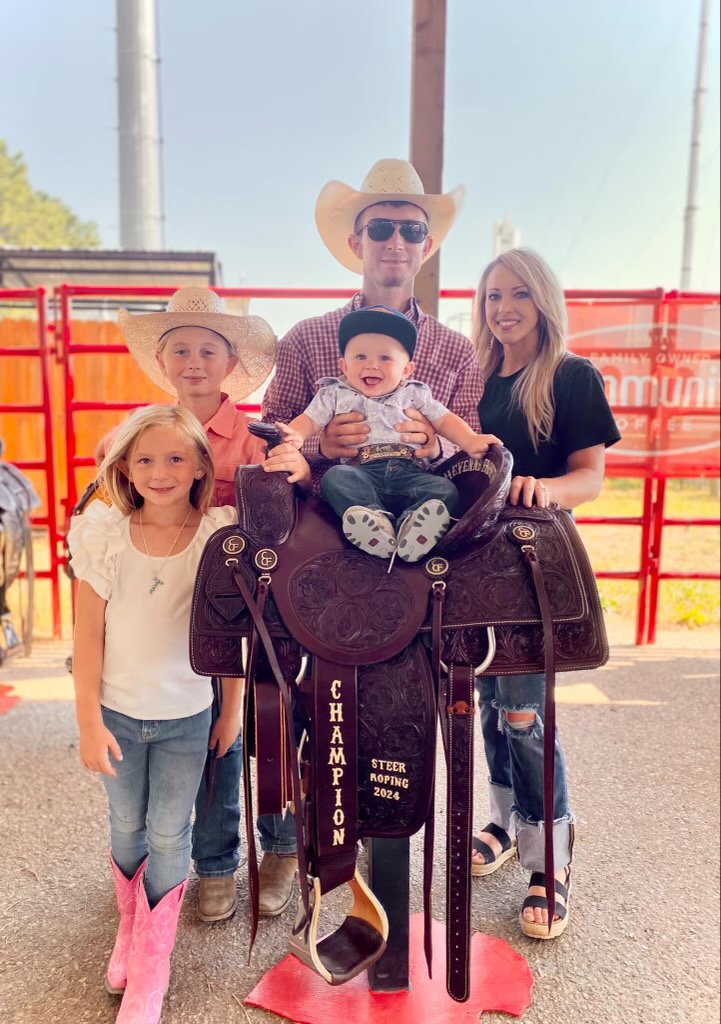

Country Lifestyles
Mandy Cleveland & Stable Strides Farm
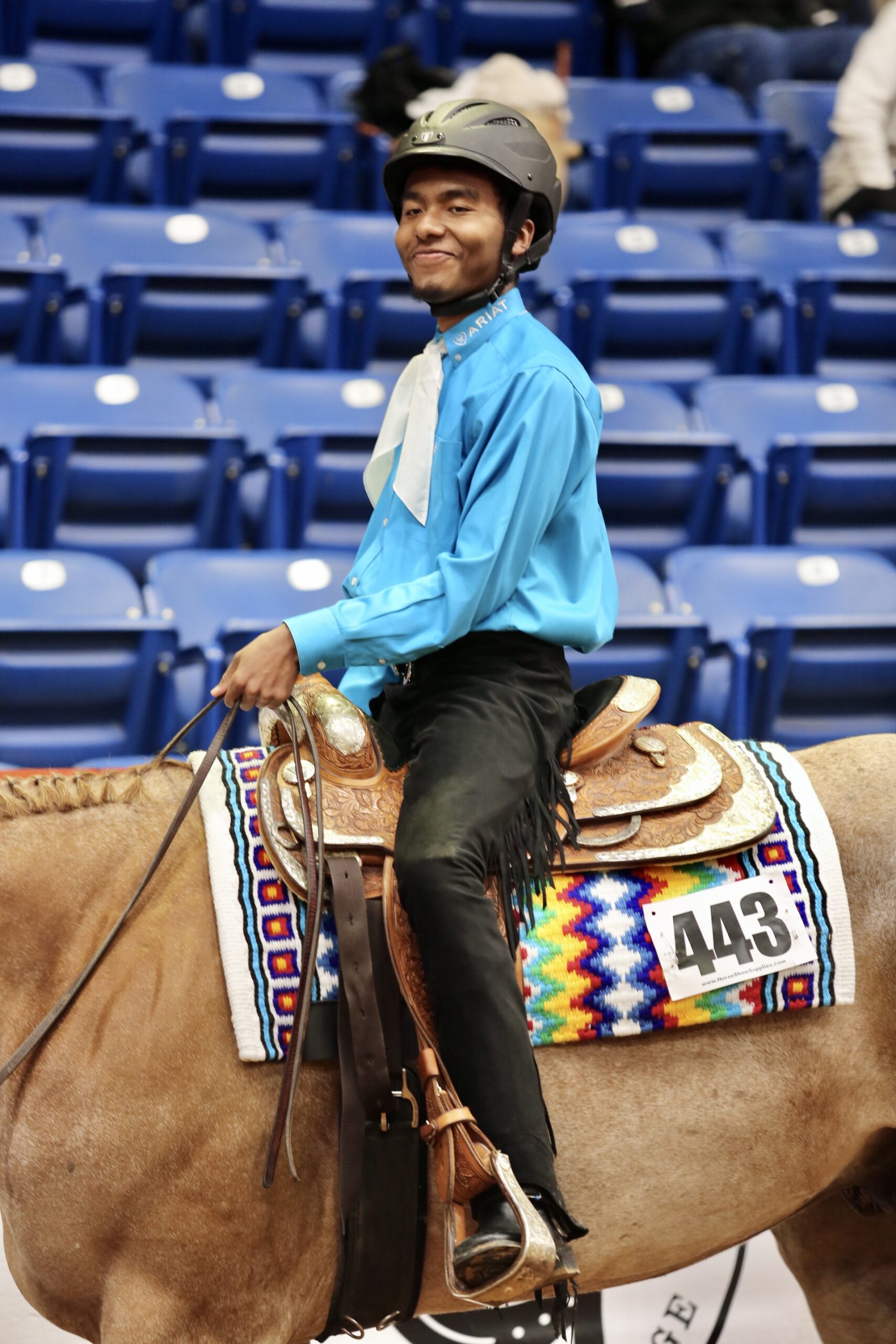
Utilizing the horse to human connection.
By: Hannah Claxton | Editor
Deep in the heart of Texas, both humans and horses at Stable Strides Farm in Pilot Point, Texas aer demonstrating just how big their hearts really are. Founded by Mandy Cleveland in 2001, Stable Strides Farm serves dozens of Equestrians with Disabilities and Veterans each week.
Deep in the heart of Texas, both humans and horses at Stable Strides Farm in Pilot Point, Texas aer demonstrating just how big their hearts really are. Founded by Mandy Cleveland in 2001, Stable Strides Farm serves dozens of Equestrians with Disabilities and Veterans each week.
“My boys have been riding since they were 18 months old, and for the first 17 years they had a leader and sidewalker. When we moved here, and Mandy started teaching them, she just said, ‘Let’s see what they can do,’ and they ride independently now,” Danielle Frank explained, whose two sons, Adison and Aiden, ride with Stable Strides Farm. “Mandy is amazing beucase she doesn’t place any limits on them, she always wants to see what they can do.”
It is her dedication to never setting limits that earned Cleveland a spot as a national finalist for the NSBA 2024 Dianne Eppers Cowgirls Reaching-Out-to-Community Award. The award was established by the NSBA Foundation to recognize cowgirls across the industry for their selfless contributions to the equestrian community.
To read more, pick up a copy of the September issue of the NTFR magazine. To subscribe by mail, call 940-872-5922.
(Photos Courtesy of Hannah Claxton)
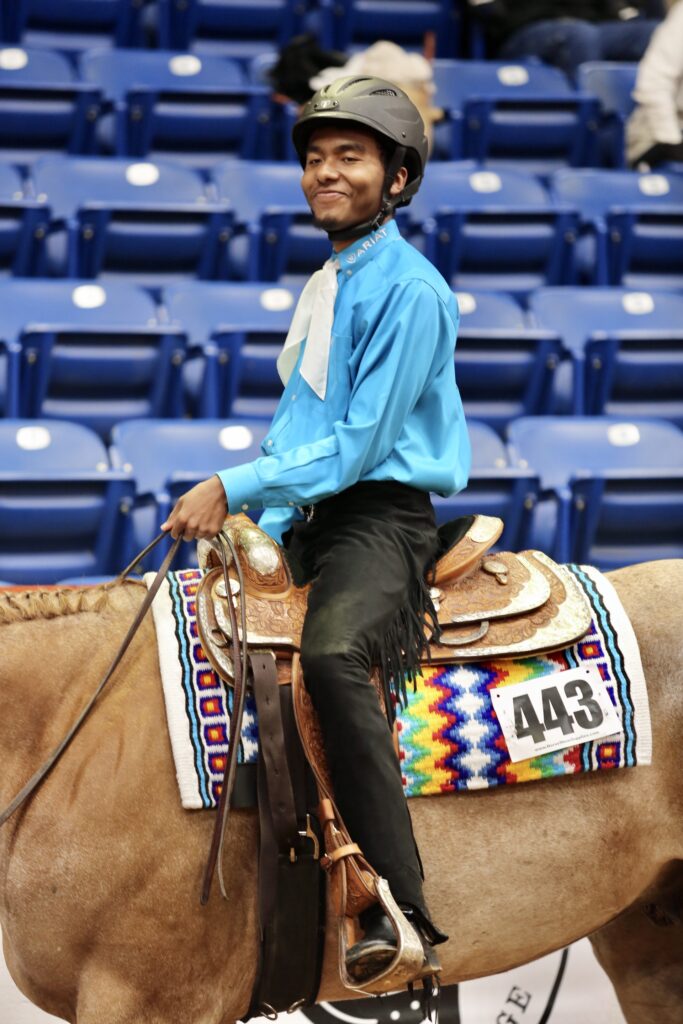
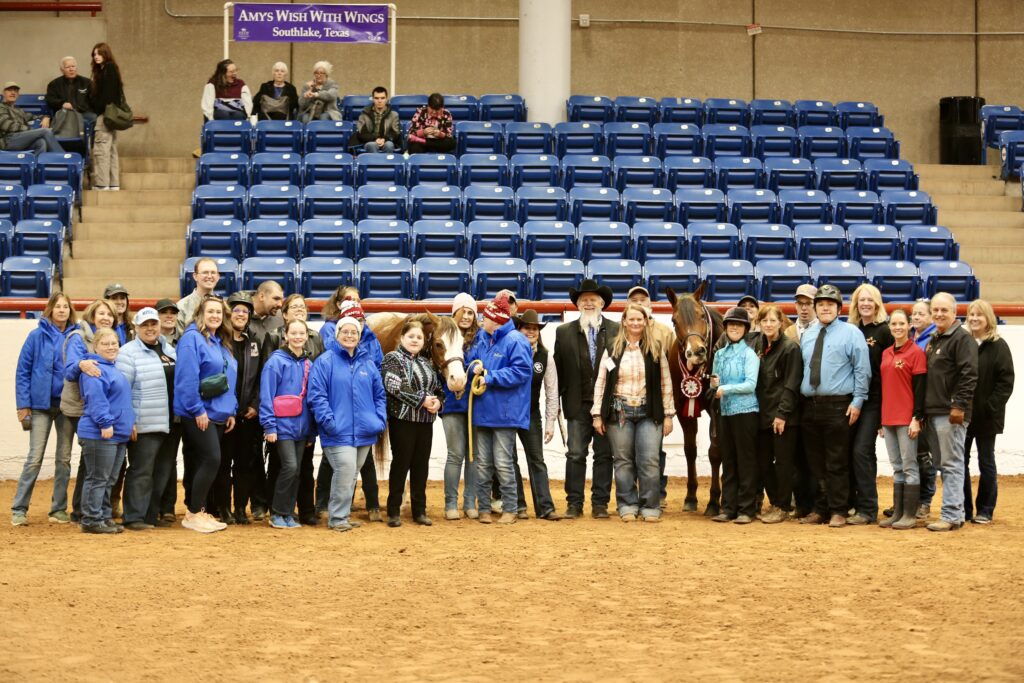
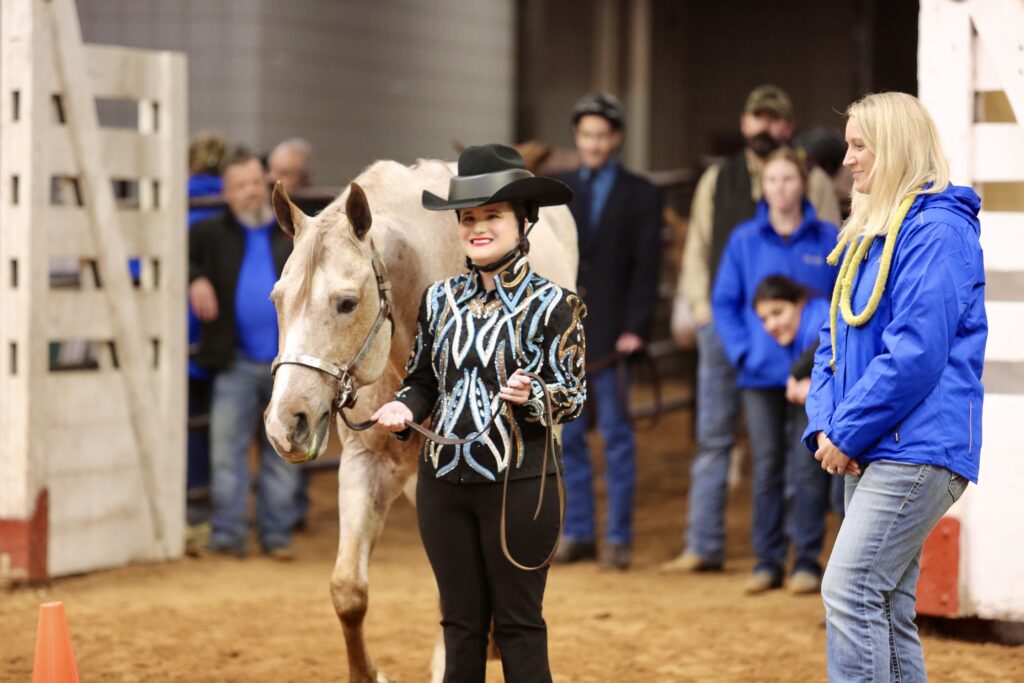

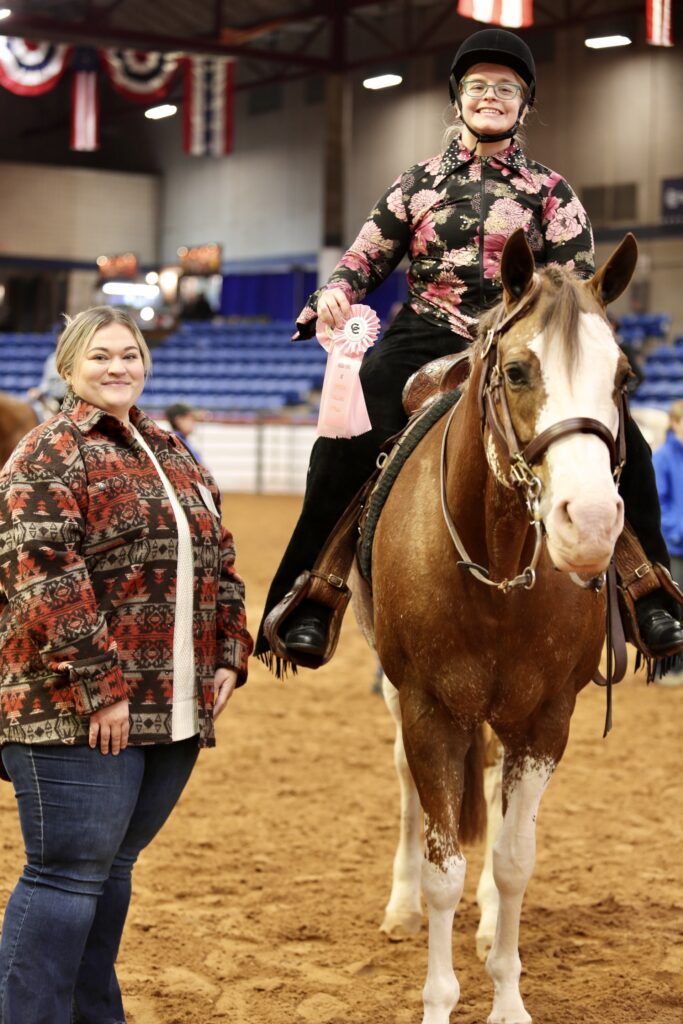
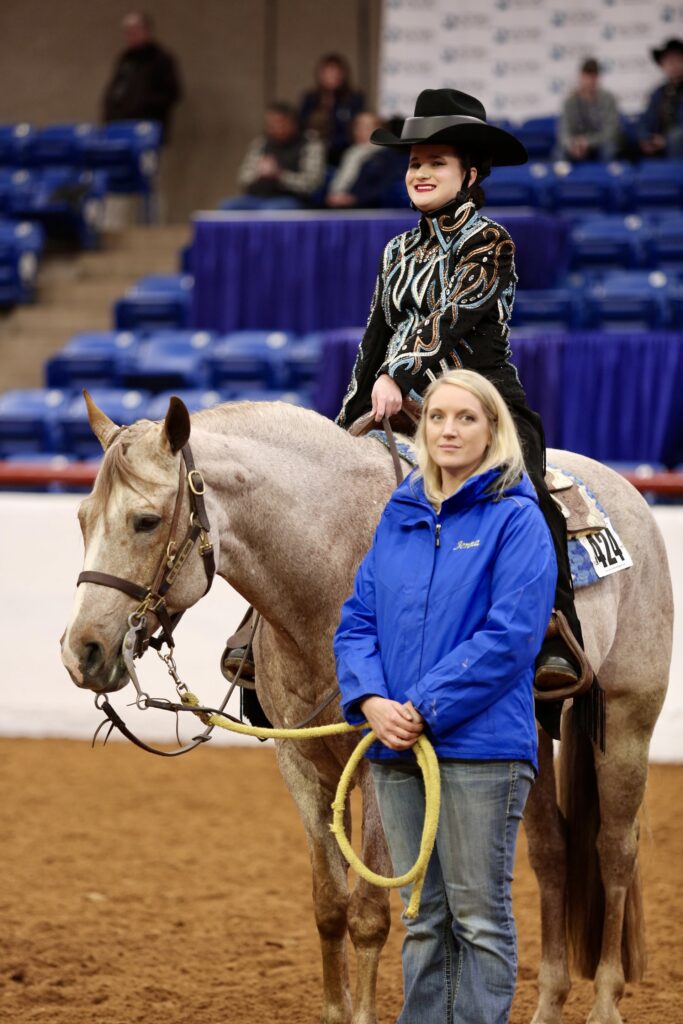
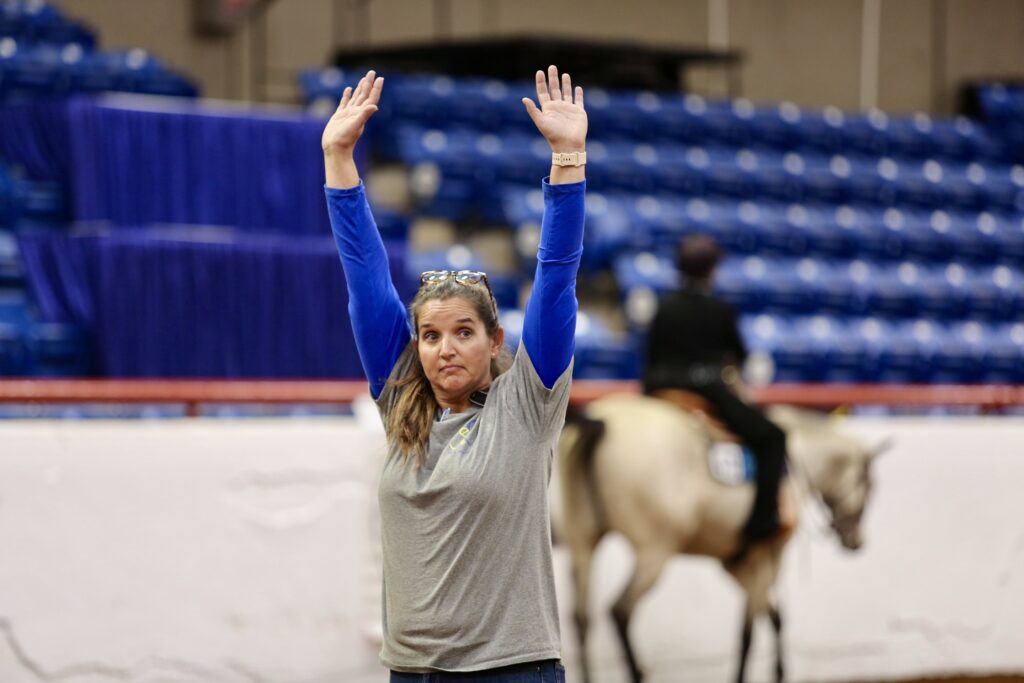
-

 Country Lifestyles2 years ago
Country Lifestyles2 years agoScott & Stacey Schumacher: A Growth Mindset
-

 Country Lifestyles8 years ago
Country Lifestyles8 years agoStyle Your Profile – What your style cowboy hat says about you and new trends in 2017
-

 HOME8 years ago
HOME8 years agoGrazing North Texas – Wilman Lovegrass
-

 Equine1 year ago
Equine1 year agoThe Will to Win
-

 Outdoor10 years ago
Outdoor10 years agoButtercup or Primrose?
-

 Country Lifestyles5 years ago
Country Lifestyles5 years agoAmber Crawford, Breakaway Roper
-

 Country Lifestyles9 years ago
Country Lifestyles9 years agoJune 2016 Profile – The man behind the mic: Bob Tallman
-

 Country Lifestyles8 years ago
Country Lifestyles8 years agoDecember 2016 Profile, Rusty Riddle – The Riddle Way




